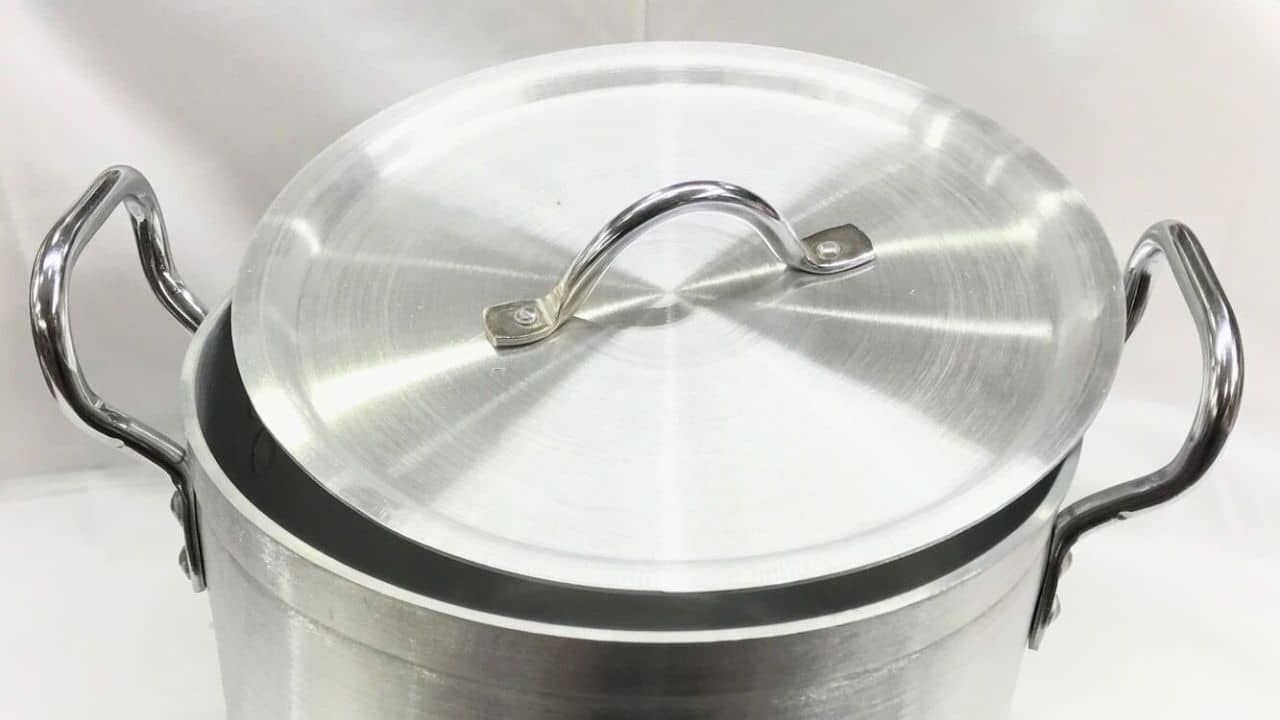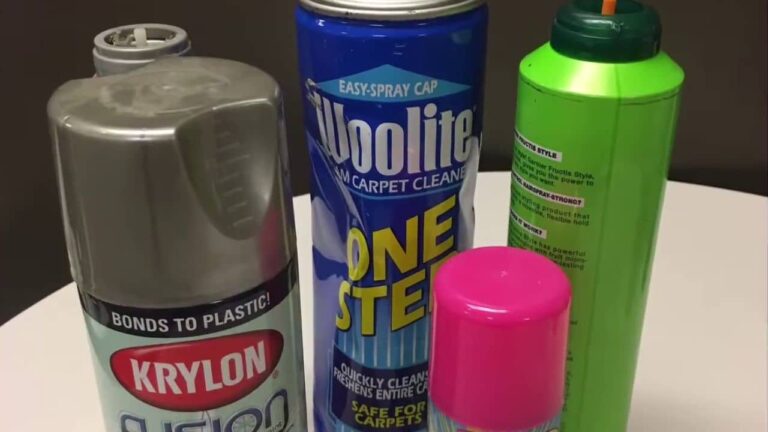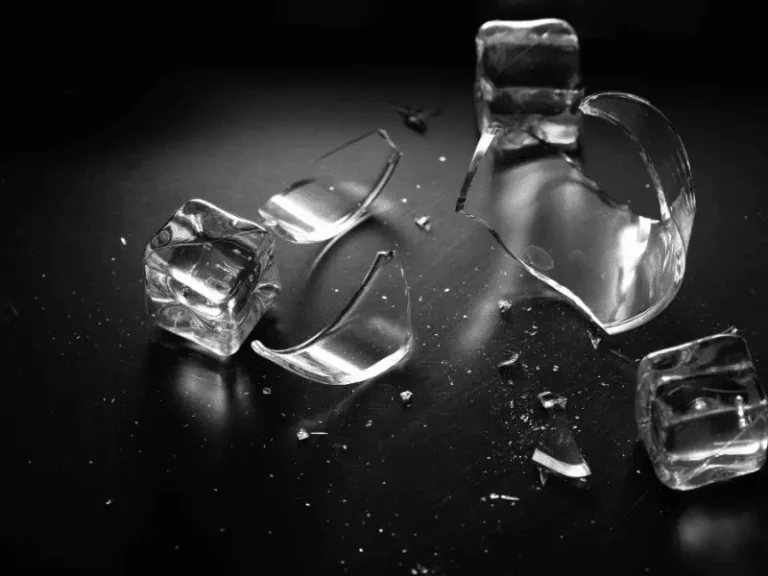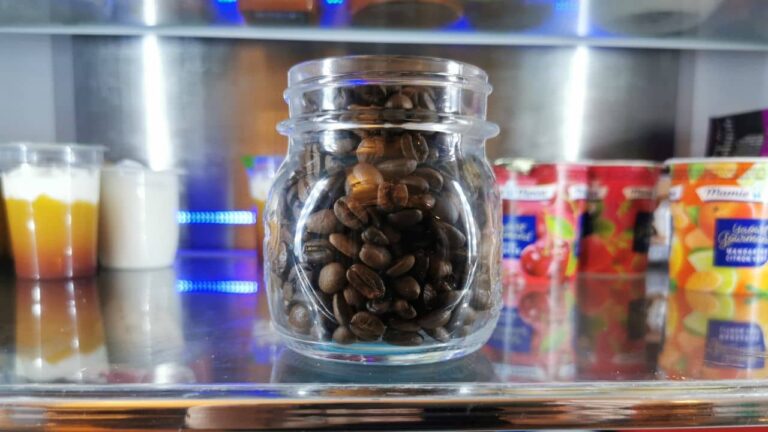What Not to Cook in Aluminum Cookware (Avoid the Following Foods!)
Aluminum cookware is often inexpensive, and it is also lightweight, so it’s no surprise many Americans choose aluminum cookware over all others. But is it truly safe to use aluminum cookware? Are there any foods you must avoid cooking in aluminum?
To find out answers to these queries and more, keep reading!
Aluminum cookware should NOT be used for cooking acidic food. Aluminum is a good heat conductor, but it reacts strongly with acidic foods like tomatoes, vinegar, and citrus juice. As a result, aluminum may leak into food, changing its flavor and appearance and leaving the cookware with a pitted surface.
Scientifically speaking, I am unsure about the long-term health implications of eating aluminum, although the amounts found in dishes cooked in metal pans are typically deemed safe, as per the CDC (Centers of Disease Control and Prevention).
However, depending on the sort of food you’re cooking, it can destroy both the dish and the pan, so it’s better to be cautious.
Avoiding Acidic Foods
When aluminum combines with acidic foods, the metal leaches into the meal.
Simmering tomato sauce in an aluminum pot is a recipe for aluminum leaching, not only because it is acidic but also because it is salty, liquidy, and spends a long time in the vessel, all of which accelerate the interaction between the aluminum pot and the food. Note that salt corrodes aluminum!
In comparison, baking cookies on an aluminum baking sheet removes less aluminum since the food is drier, less acidic, less salty, has less physical contact with the metal, and takes less time to cook. You may bake straight in an aluminum foil pan, use it as a vessel to transport your baked products, serve in it, and then discard it. This saves a lot of money, time, and labor.
Regarding aluminium, watch this interesting video!
Are All Kinds of Aluminum Cookwares Reactive?
No, they are not. As a result of the aforementioned leaching, the majority of aluminum cookware on the market is either coated with a nonstick coating or anodized. Once you harden aluminum cookware or clad it in a non-reactive material, it becomes completely inert. This, in turn, means that it won’t react with food whatsoever.
Aluminum cookware that has been hardened in a nonreactive process or clad in a nonreactive material, such as stainless steel or a nonstick coating, does not leach into or react with foods.
Here’s is a general overview of different types of aluminum cookware available in the market, followed by a detailed discussion of each:
| Cookware Type | Properties |
|---|---|
| Base Aluminum | Uncoated and may leach into acidic foods |
| Standard Anodized Aluminum | Coated and does not leach into foods |
| Hard Anodized Aluminum | Stronger and more durable than standard anodized aluminum |
| Nonstick Aluminum Cookware | Hard anodized and has the highest longevity |
Base Aluminum
Keep in mind that base aluminum refers to an uncoated pan. Cooking in uncoated aluminum causes metal to leach into the food. Of course, the amount depends on the meal and how long it is in the pan.
While these levels are typically regarded as safe, you should avoid cooking acidic foods in uncoated aluminum as this may destroy both the taste of your dish and the cookware itself.
An older pan will leach twice as much aluminum as a modern pan when used to cook the same type and quantity of food. However, the quantity of aluminum discovered in food was determined to be below safe limits and not enough to be deemed a health risk.
Read more about using vintage aluminum cookware.
Anodized Aluminum
Aluminum that has been anodized to generate a hard, durable coating is used to make hard anodized cookware. It might be hard anodized aluminum or not.
In other words, hard anodized is a thicker aluminum oxide coating than standard anodized. The resultant metal is twice as strong as stainless steel, robust, non-reactive, and resistant to corrosion and abrasion. Hard anodized metal is low stick by nature but not completely nonstick.
The layer of aluminum oxide in anodized aluminum is entirely fused into the base metal, unlike paint or coating. That is, it is a part of it. This means it will not peel or chip away.
Nonstick Aluminum Cookware
Today, the majority of hard anodized aluminum cookware is nonstick coated. The nonstick coating might be PTFE or ceramic. Nonstick Teflon/PTFE coating on a plain metal is a nice low-cost choice, similar to a T-fal set. The metal in this set does not undergo the hardening and strengthening process that anodized aluminum does.
However, if you treat it properly, you can still get a few excellent years out of it.
A nonstick pan made of hard anodized aluminum is often more expensive than a nonstick pan made of plain metal. Nonetheless, despite the additional expense, it is much better to choose a hard anodized nonstick pan or set it over plain metal because
- Hard-anodized aluminum is far more durable than plain aluminum.
- Hard anodized aluminum pan with a nonstick coating lasts far longer than a bare metal pan.
- Even if the nonstick coating wears off or scratches on hard anodized, the food will not be exposed to plain metal.
Conclusion
Aluminum is an excellent heat conductor, making it an excellent choice for cookware. Aluminum has 16 times the heat conductivity of stainless steel, so aluminum will heat up quickly, evenly, and 16 times faster than a stainless steel pot!
However, in spite of these qualities, uncoated aluminum interacts with some meals, particularly acidic foods, leaching the metal into the cooking.
If you’ve done rounds on the internet, you’ll come to find out that many have commented on the apparent toxicity that aluminum poses on the human body. While 20% of our daily intake of aluminum comes from cooking utensils such as pans and pots, almost 80% comes from processed junk that contains aluminum food additives.
Hence, using hard anodized aluminum will solve this issue as it is completely non-reactive. Aluminum from coated or anodized aluminum cookware does not leach into food. So, in conclusion, spend the additional money on a hard anodized nonstick pan instead of avoiding cooking your favorite acidic meals.
Sources







